You may have noticed that I’ve been M.I.A for a while. Aside from life things getting in the way, I had an emergent laparotomy around Labor Day. Post-surgery I was out of work for three and a half weeks and had a lifting restriction of 10lbs (literally my worst nightmare – not the surgery part, the lifting restriction part) for 6 weeks. Once that passed, I was able to start rehab and progress back into weightlifting. The doctors said to progress back just like you would if you had taken a couple months off for something else. Well, more life got in the way with weddings and traveling and holidays. So I finally started my rehab right after Thanksgiving when I noticed something strange. About four days into the rehab plan, I was doing some scar mobilizations and something felt weird. I had a women’s health certified coworker check it out for me, and sure enough I ended up with diastasis recti. That’s what I want to talk to you about today.
Many of you might not have any idea what I’m talking about and may never need to know. Diastasis Recti is the separation of the rectus abdominis (the 6 pack muscles). You know that line that goes down the middle of them? Well that gets thinned out and your abdominals get pulled sideways. Yup, that’s right you basically have a big hole in the middle of your stomach.
How did it happen? Great question, for me personally it was a combination of the incision and the lack of use during the post-op phase. The incision weakened the linea alba from the start, then the discomfort of the incision promoted compensation patterns to avoid using my core to do everyday things like get up from a chair or rollover in bed.
What am I doing about it? This is the part where it starts to get useful for you guys. This is uncharted territory for me. Core progressions and regressions are my daily life with my back pain patients. Progressive overload and lifting heavy stuff are my life with my weightlifting clients. I developed a rehab program, but wanted to run it by my women’s health certified coworker before I started it. Good thing I did because I had to revert to the extreme basics and eliminate a third of the exercises. My plan was to do the main lifts at 30% for a few sets of 10 just to get the movement patterns working again after such a long time off, and then just do 6-8 core exercises like bird dogs, dead bugs, planks, anti-rotations, etc. When my coworker reviewed this plan, we did the exercises in the clinic and she pointed out which ones were a problem and why. As soon as I got to the bottom of the squat, the separation increased and the hole deepened so that was out. Benching was hit or miss depending on if I had too much arch, so floor presses were substituted. Deadlifting was actually ok, but scrapped it since I couldn’t do the other lifts and decided not to risk further damage. Dead bugs cause a lot of separation so they were modified to 1 leg elevated, no weights in hands, alternating shoulder flexion dead bugs (talk about feeling nothing). Bird dogs were reduced to just moving the legs, not the arms. Straight arm pulldowns were scrapped because that increased my abdominal pressure too much. I went from lifting hundreds of pounds to moving my arms up and down with nothing. The problem with diastasis is if you start to aggressive, things will only get worse. Now I’m on a 16 week plan of super basic core strengthening (hard to even call it strengthening) to close this diastasis. On top of that I’m wearing a split 16 hours a day developed by Julie Tupler (creator of the Tupler Technique for diastasis rehab) that helps bring your rectus closer together. It is tough to wake up in the morning to go do 45 minutes worth of exercise when you feel like you are doing nothing. That being said after 2 weeks on the program, my diastasis went from 3 finger widths to 1.
If this ever happens to you, be smart about it and don’t start off too aggressive. I know it is hard not lifting heavier weights, but if you don’t take care of it, you’ll never set another PR in the gym again. If you have any questions about my recovery process and return to heavy lifting program, please leave a comment or email me at Justin@jpstrengtherapy.com. Thanks for reading!
References
Tupler, J. (2016). Tupler technique: Treatment for diastasis recti. Retrieved 12/23, 2016, from https://diastasisrehab.com/what-is-diastasis-recti


